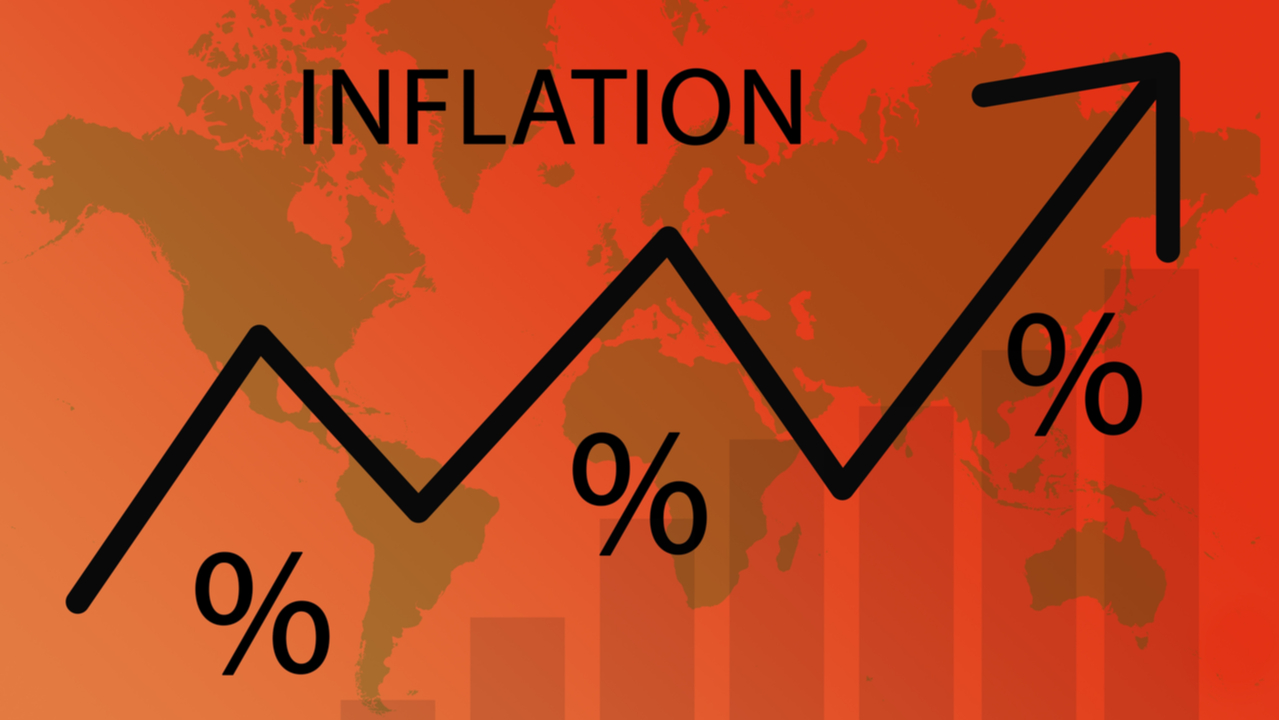
WISDOMTREE- Weekly commentary from Professor Jeremy J. Siegel (11/14/2022) :
When the inflation print came in lower than economists expected, I knew we would have a large rally and the Dow rallied around 1,000 points immediately. Yields across the curve dropped significantly, and this caused a surge in the higher-P/E growth stocks.
This growth rotation is largely just a correlation of the low duration asset vs. long duration assets; technology and growth stocks surely are longer duration assets. I expect this outperformance of growth stocks to be relatively short lived, as the valuations of the Nasdaq are still quite rich compared to value stocks. While the valuations of high dividend stocks are below 12 times earnings, the Nasdaq is 10 P/E multiple points higher. When earnings were growing significantly above market rates, that valuation premium was warranted. But with growing questions surrounding the earnings growth of big tech, we can see more downward pressure on Nasdaq and growth stock valuations.
While the CPI print came in lower and better than expected, reality is the inflation in the real world is even lower than the official statistics. The Core CPI, which is 40% housing, still prints a +0.5% for housing inflation.
However, real housing prices are declining—as potential buyers are confronted with mortgage rates of 7% or more. If you substituted the true declines in home prices like we are seeing the last few months (and I think cumulatively home prices might fall 10-15% more from here), inflation trends are not just improving, but we have core prices actually declining. Yes, we have negative core inflation in reality!
The challenge is the Fed is looking at misleading data. We do not have a persistent high inflation problem like Powell states. Secretary of Treasury Janet Yellen, former head of the Fed, gave a speech yesterday and also very disconcertingly says housing inflation is way too high. It is astounding these important officials do not understand this key issue.
The market interpreted the CPI data as locking in a 50 basis point hike. I agree but also think we are getting very close to the end of this Fed tightening cycle. Actually, with current dis-inflationary impulses, the Fed doesn’t even need to go 50 basis points higher in December. They will anyway, but hopefully the data continues to illustrate to the Fed they should pause and see the cumulative impact of the tightening in the system.
The other big news of the week was the bankruptcy of FTX and these latest events will cast a shadow over cryptocurrencies for some time. While I was never a major supporter of cryptocurrencies, I have also seen the abuse of fiat money. Our banking system needs a medium for more efficient exchange, particularly international transfers, so bitcoin can have a very useful role in international payments. When Lehman went under and there were questions about money market funds, I was sure thankful the Federal Reserve stood there to support institutions and money markets. There are no such backers in crypto.
